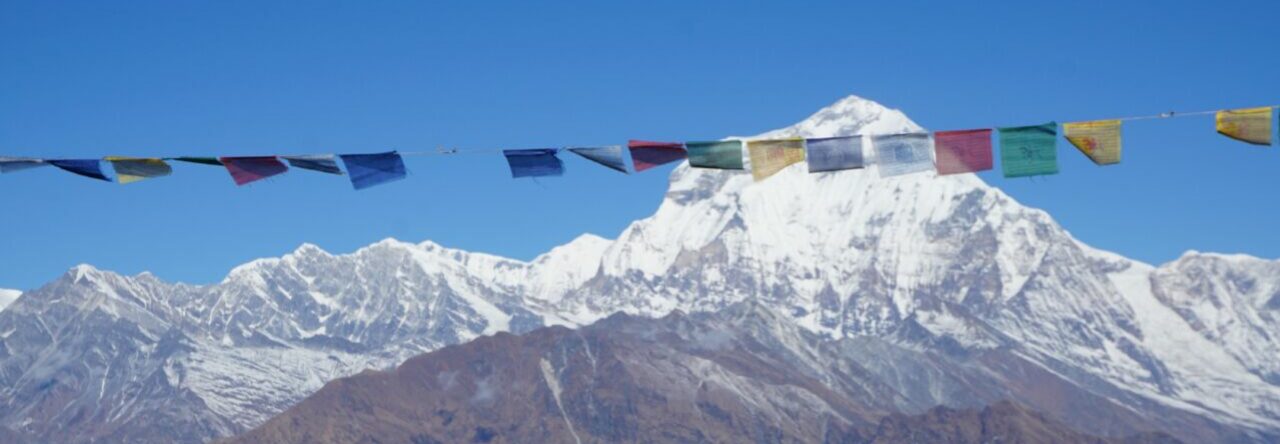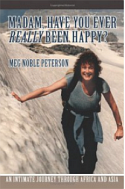First it’s sunny and 50 degrees; the next day it’s raining and a few degrees above snowing; and then it’s sunny and 30 degrees, followed by hurricane city at a balmy 65 degrees. So now, on a cold, brilliant morning in March my body and mind are thoroughly confused and I just want to go back to the sun and surf and therapeutic paradise called L.A. But, folks, NOT to the traffic!
I was reminded of George Carlin when I entered the cattle car called tourist class on United Airlines, hugging my peanut butter sandwich sans bottled water, and glad that I was still thin from my bout with giardia on my last trip to Asia, so I could fit into the ever-shrinking seats. If you haven’t read it, grab his essay on flying. It’s prophetic, and I think I could add a few choice sentences of my own to his description of the chaotic life on board, especially when it comes to the adventure of securing a rest room (The ones forward are for First Class passengers, only, we are admonished). I could hardly blame the young man in the aisle seat for getting progressively sloshed during the tedious flight.
I’ve traveled around the world twice, never losing so much as one backpack, but I arrived from the Phoenix connection (no relation to the French Connection) minus my only suitcase, thus breaking my perfect record. From now on it’s “carry on or die.” It was nice of the airline to wake us all up at 7 on Saturday morning to return it.
Thus began a glorious ten days with sons Tom and Robert, and Rob’s wife, Gwen Abel. Let me urge all of you to visit the myriad sites in and around southern California. It’s not just movies, freeways, and palm trees. It’s replete with challenging mountains, spectacular sunsets over the Pacific, beaches, museums, gardens, and surfers with rippling muscles. Who could ask for anything more? Travelers—don’t miss this part of America when you come to visit.
Here is a brief listing of my hikes. All you tourists look them up. They’re very special. Both my sons do these canyons on bikes, but deigned to walk with me this time. The first was Upper Rustic Canyon. Seems there was a community of Germans and Nazi sympathizers who settled in these canyons, and in the late 50’s, after a dry season, there was an horrific fire which destroyed all the homes, leaving only the bare foundations, water works, and a series of incredibly steep steps going straight up for half a mile. I know. I climbed down, and had to climb back up. The area is now overgrown with cactus and exotic flowers. Nearby is the Josepho Boy Scout Camp, and high on a distant hill is the old Max Factor estate and the mansion of Dennis Tito, the first American civilian to go into space. You may remember that he paid the Russians 20 million dollars for the privilege.
The second day we hiked up Mandeville Canyon on the West Ridge. You can imagine the views! All of the west side of L.A., Palls Verdes Peninsula, and Catalina Island. Both canyons are part of the Santa Monica mountains.
During the week I visited my old friend, Karen dePlanque, in LaJolla, two hours south of L.A. by train. It is truly the city of perpetual springtime. Comfortable nights, warm days, walks on the sand from Torrey Pines to Blacks Beach, and lingering around Seal Beach watching the baby seals being taught the rudiments of swimming by their mothers while fat relatives loll in the sun on the shore. As we walked down the beach we discovered the rocky haunts of seal lions, and wondered how on earth they ever negotiated the ragged cliffs, even at low tide.
In the evening it was mesmerizing to watch the surfers at the famous Windansea area in LaJolla, riding huge waves, even after the lights on distant boats signaled the setting of the sun. Where did such gigantic waves come from? A surfer answered my question. All the way from New Zealand.
On my last weekend I visited the J. Paul Getty Museum, high on the cliffs overlooking Brentwood, UCLA, and West Los Angeles. This is a complex not to be missed. Gwen’s mother, Ruth Abel was, indeed, a most able and knowledgeable guide, and I soon realized that the architecture and gardens from the outside were every bit as pleasing as the revolving collections and exhibits within the spacious interior.
Our final hike was in the hills above Malibu Canyon. We started at Tapia Park and climbed 3,000 ft. to an overlook. Stretching as far as you could see, beyond ever-more canyons, was the Pacific Ocean. The boys rode their bikes back, most of the way on the beach, while Gwen and I enjoyed a quiet ride along the shore, and immediately jumped into the pool when we reached Playa del Rey. Lying on my back in the water and looking up at the clouds in February…wow! That’s livin.’
The day before leaving, son Tom, horticulturalist par excellence, drove me to the Huntington Gardens near Pasadena. This vast botanical garden encompasses more than a dozen gardens—among them a Japanese, Chinese, Desert, and Children’s garden—a research library, and an art gallery, all built in 1919 by the financier Henry E. Huntington. I’ve traveled through Australia and New Zealand and visited many of their gardens, and I can vouch for the uniqueness and beauty of this special place near the foothills of the San Gabriel Mountains.
All you golfers—I urge you to visit Rob’s website: www.almostgolf.com and see his latest plans for tournaments in colleges and high schools worldwide.
I just finished Greg Mortenson’s Three Cups of Tea, for me a life-changing story that has me itching to return to Asia and, in my small way, support those who are in the forefront of educating the children of the Muslim world. I highly recommend his website: www.threecupsoftea.com. Buy the book and help toward the education of children, especially girls, in Pakistan and Afghanistan.
One last note: I highly recommend that you go on line and catch the March 7 broadcast of the PBS show NOW, an interview with Alex Gibney, the director of this year’s Oscar-winning feature documentary, Taxi to the Dark Side. This powerful film tells the story of an innocent Afghan taxi driver who died while being interrogated and tortured by U.S. soldiers. The frank discussion (including statements by the interrogators themselves) examines the torture practices of the United States in Afghanistan, Iraq, and Guantanamo. Alex is a member of the Summit church I attend, and has done extensive research over the past five years for this film.

